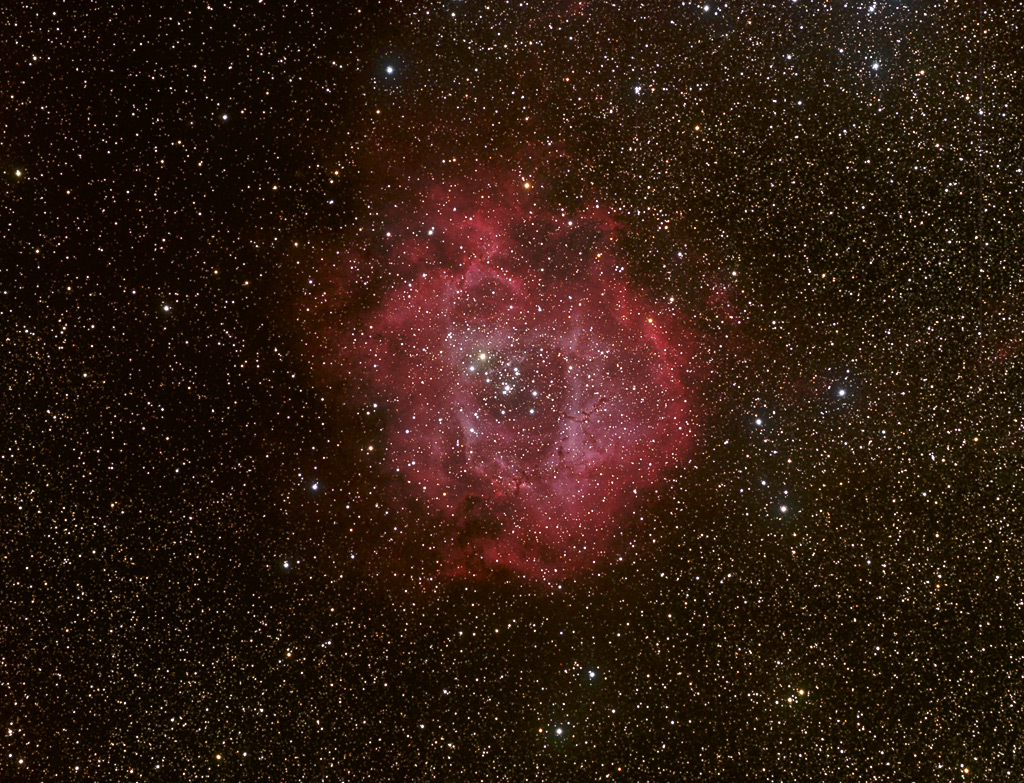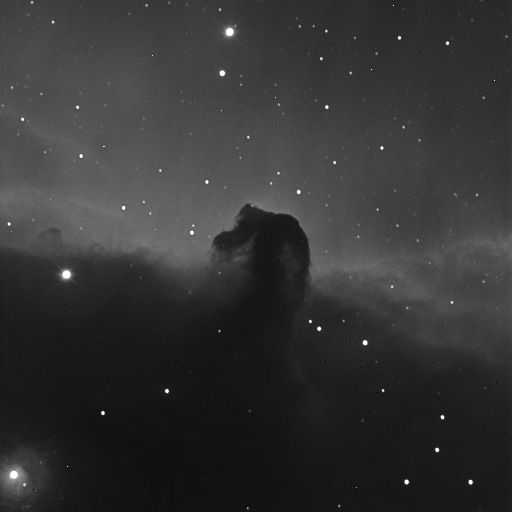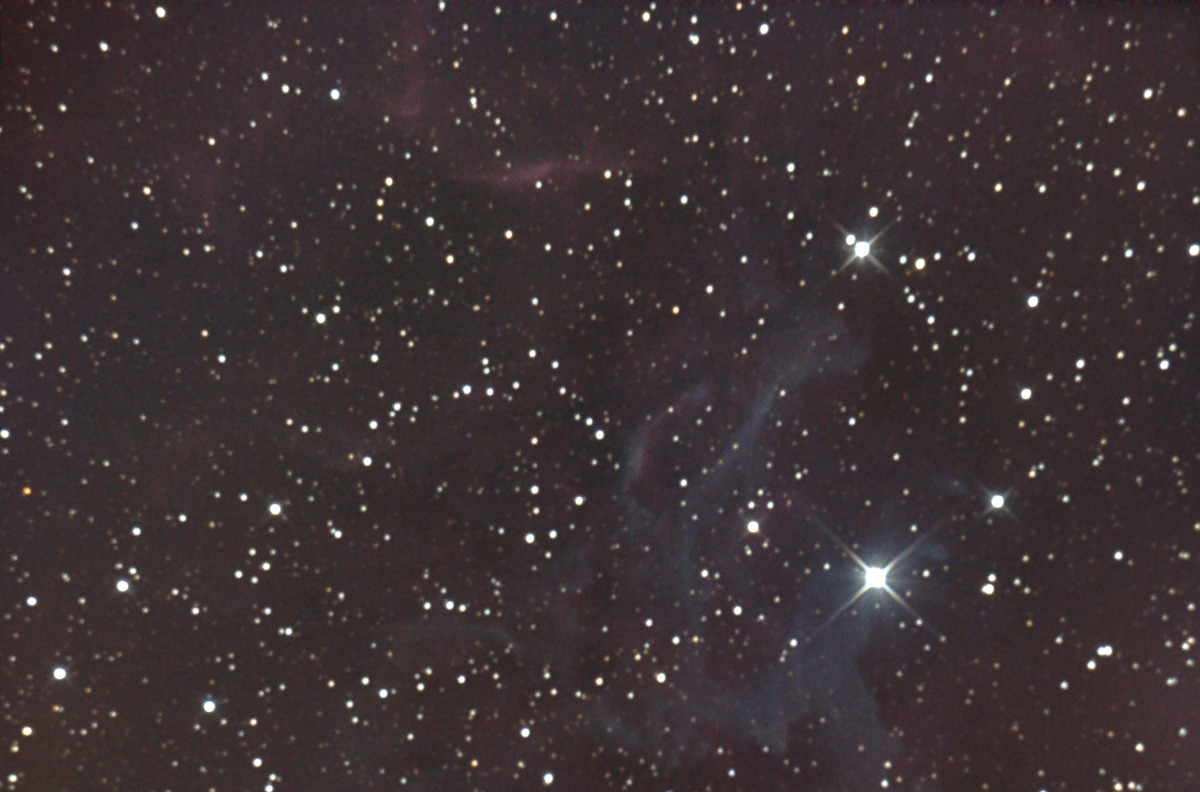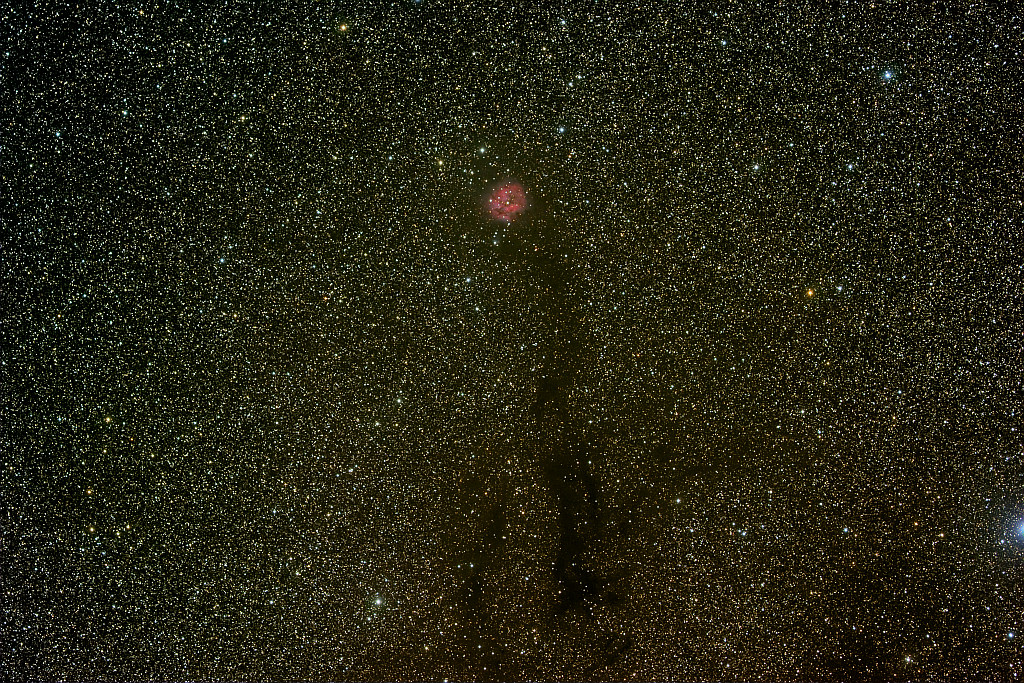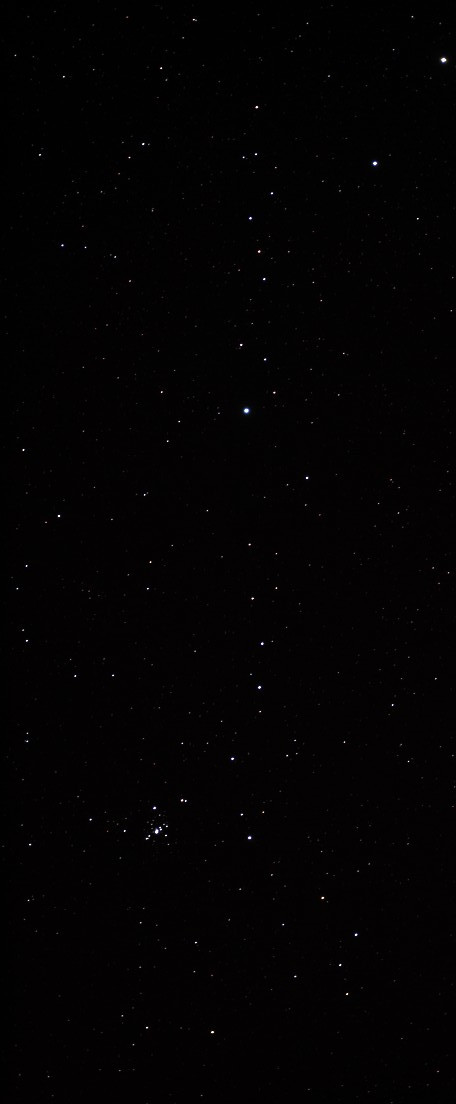Always a favourite target for winter imaging, it’s hard to be disappointed with the results. With the first clear night in a long time I was keen to try out my new 10-20mm Sigma zoom. The field size with this lens is immense and this is a crop of just the Orion area from a stack of 10 3 minute exposures at f/4.
The Sunday night was also clear so I setup the 70mm on the Astrotrac. I didn’t spend quite long enough on the polar alignment so some trailing was visible even with fairly short exposures. To avoid clipping the trapezium I reduced the exposures to 2 minutes and reduced the ISO to 400.


